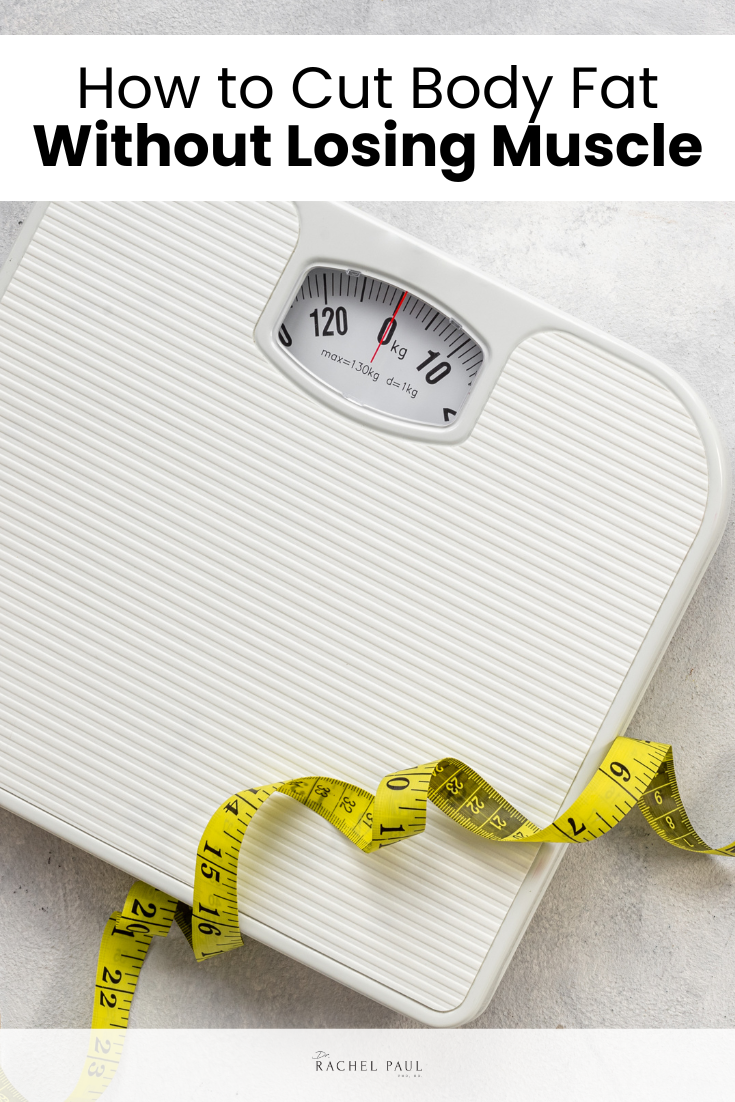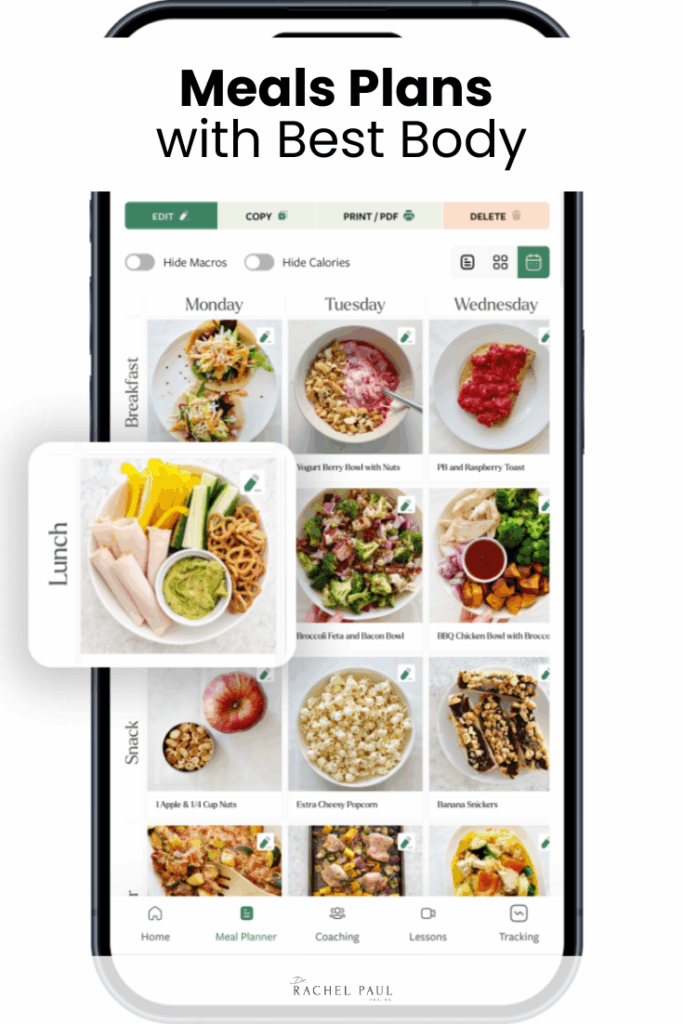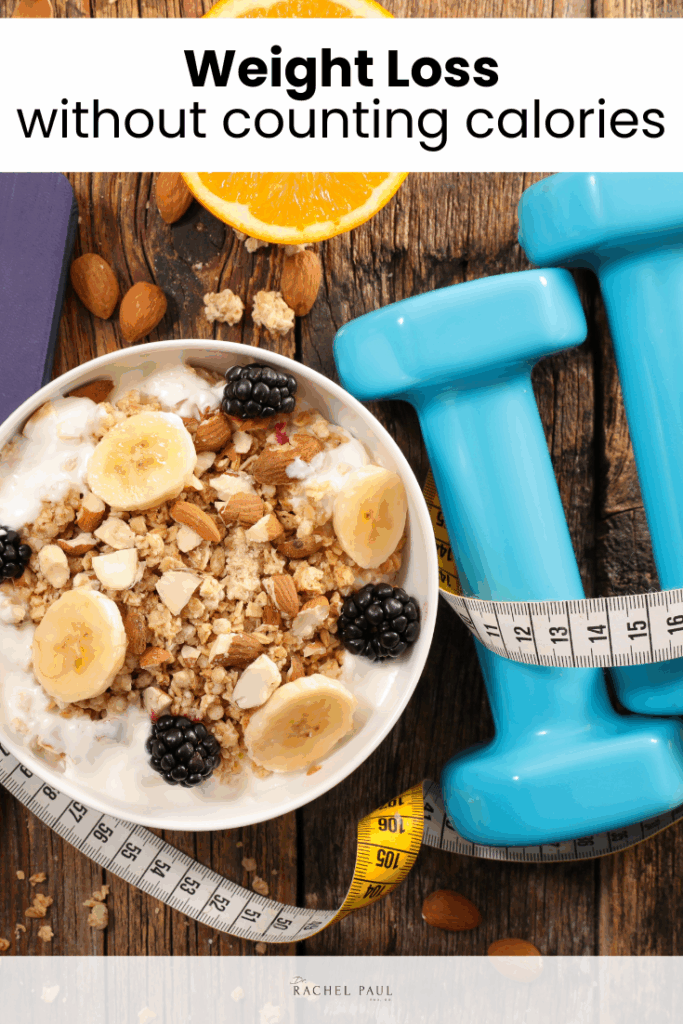So many of us have goals of losing weight. Whether that’s to cut 10 or 15 pounds for a wedding or class reunion, dropping weight after a pregnancy, or deciding to get fit to feel healthier and more confident, learning how to cut body fat effectively is key. Losing weight, regardless of the reason, involves a combination of healthy eating, exercise, stress management, and reducing calorie intake.
Understanding what happens to body fat and muscle breakdown and formation can help you create better strategies when it comes to losing weight effectively. Today, I’m sharing a practical guide for how to reduce body fat without losing muscles.
How to Cut Body Fat Without Losing Muscle
Today, we will elaborate on how the body loses fat and muscles. Knowing this information upfront will help you better appreciate the tips and strategies for how to cut body fat without losing muscle that we’ll be sharing below so you can apply them knowing why it’s effective and why it’s necessary and works.
Does Your Body Lose Fat or Muscle First
If you’ve ever wondered what your body loses first once you start seeing those numbers decline on a scale, the answer is quite simple. Bodies prioritizes fat burning first over muscle. The reason being is because fat is originally stored as energy, and fat stores more energy than muscle. Fat is more easily accessed than muscle when it comes to energy. When you first begin to drop weight, the body will first use up stored carbohydrates (glycogen) before turning to fat.
In extreme cases, like in the event of rapid weight loss or insufficient protein intake, the body may not have enough time to mobilize fat stores and may start breaking down muscle for energy instead.
In order to preserve muscle mass, it’s important to incorporate exercise into your weight loss regime.
How To Lose Body Fat Without Losing Muscle
Go on a calorie deficit, cut calories
When you’re wanting to cut weight, one of the first changes you should be making is to cut calories. Some people go into a calorie deficit by intermittent fasting. However, the only true way to know how many calories you are truly consuming on a day to day basis is to pay attention to every food label, be honest about how many servings of each item you’re consuming, keeping a food diary, and if you really want to be accurate–weighing your food on a food scale. Thankfully, if you’re making your own low calorie meals at home and following a tried and true recipe, chances are all of this hard work has been done for you, you simply need to take note of the calories you’re consuming.
There are also a number of apps that help make the process easier for recordkeeping purposes. My favorite is the Lose It App.
Eat enough protein
When you’re in the cutting phase, one of the most critical and nutritional things you can do is to make sure you’re eating enough protein. Protein helps to spare muscle tissue loss, enabling you to lose body fat without losing muscle mass. To meet your basic nutritional requirements, the Recommended Dietary Allowance (RDA) for protein is 0.8 grams of protein per kilogram of body weight or 0.36 grams per pound. Other sources suggest that your protein intake should account for 10-35% of your calories.
You can get protein from animal sources like chicken, turkey, or fish— which is a great source of amino acids. You can also get protein from plant sources such as beans, lentils, nuts, seeds, edamame, tofu and tempeh. Bump up your protein intake with these high protein chicken recipes if you’re not consuming enough so you can lose body fat without losing muscle.
Eat quality foods
While a lot of losing weight comes down to the simple math of burning more calories than you consume, a bigger piece of this equation is also to focus on the quality of the foods you consume and prioritizing that above how many calories are in it per say. For example, a 2019 study published in Cell Metabolism found that “eating processed foods seems to spur people to eat more calories compared with eating unprocessed foods.” Research shows when you make quality food choices, like opting for more whole foods, fruits and vegetables, lean proteins, and healthy fats, you are likely to feel the feeling of fullness by eating less food compared to if you did the opposite. The goal should be to focus on your macronutrients, micronutrients, and getting your body the proper nutrients it needs to function properly.
Prioritize your gut health
Did you know your gut microbiome can influence how many calories your body absorbs from food? According to a Harvard Medical School study, “Researchers have found that people who are naturally thin have different types of organisms living inside them than those who are overweight.” There are a number of factors that affect the gut microbiome including diet (especially fiber intake), medications (especially antibiotics), age, genetics, stress, sleep, exercise, alcohol consumption, and environment. Having a healthy gut microbiome can aid in good digestive health, metabolic health, immune system, mental health, and enhance athletic performance and recovery for workouts. The best way to go to prioritize your gut health is to limit processed foods, sugary drinks, and unhealthy fats.
Engage in regular strength training exercises
Speaking of working out, there’s no real way to cut body fat without losing muscle without practicing strength training, resistance training, or weight training. You’ll want to avoid excessive cardio and incorporate weight lifting into your routine. Lifting weights is a surefire way to preserve muscle and maintain muscle mass while also simultaneously helping you to lose weight. Strength training is a highly effective way to target major muscle groups while burning calories quickly. It can help you improve your muscle mass, boost metabolism, aid in weight management, and improve strength and endurance — all of which are beneficial when it comes to fat loss.
Stay hydrated
Don’t undermine the power of staying hydrated. Hydration supports fat loss by temporarily increasing your metabolism, helping suppress appetite, aiding in fat breakdown (lipolysis), and making exercise more effective.
We all know that water is crucial for bodily functions. It helps us burn calories and fat. To stay hydrated, carry a water bottle, drink water before meals, and eat water-rich foods.
Stay committed
The journey to cut body fat or lose weight can be long and hard. For this reason, it’s important to stay committed so that you can maintain consistency in your journey. To keep your mind strong, join a community of people who are on a similar journey as you. You can also use these weight loss affirmations to keep you uplifted during challenging times.
What To Eat To Lose Body Fat And Gain Muscle
Lean Protein
Consider getting protein from the following sources: eggs, chicken, turkey, fish, tofu, beans, lentils, edamame, Greek yogurt. Protein is arguably the most important food group to include in your diet when you’re in a caloric deficit and desire to preserve muscle so the body won’t begin breaking down muscle tissue when losing weight. Protein aids fat loss by preserving muscle, boosting metabolism, and increasing satiety, which helps reduce overall calorie intake. Amino acids, the building blocks of protein, are crucial for muscle maintenance and provide fuel for the body.
Healthy Fats
Healthy fats are almost a secret weapon in the weight loss world. They help improve body composition, boost metabolism, and provide essential nutrients for energy and overall health. Some healthy fats you can incorporate into your diet are avocados, nuts and seeds, olive oil, and salmon.
Complex Carbs
Complex carbs (opposed to their counterparts simple carbs) have many health benefits that support fat loss. They can help slow digestion, provide sustained energy, leave you feeling full longer which reduces calorie intake, help stabilize blood sugar and insulin levels, and preserve muscle mass. Some complex carbs you can include in your diet to help you cut body fat without losing muscle are whole grains like brown rice, oatmeal, and quinoa, fruits and vegetables, and starchy vegetables like sweet potatoes. For more details, see this best carbs for weight loss post.


